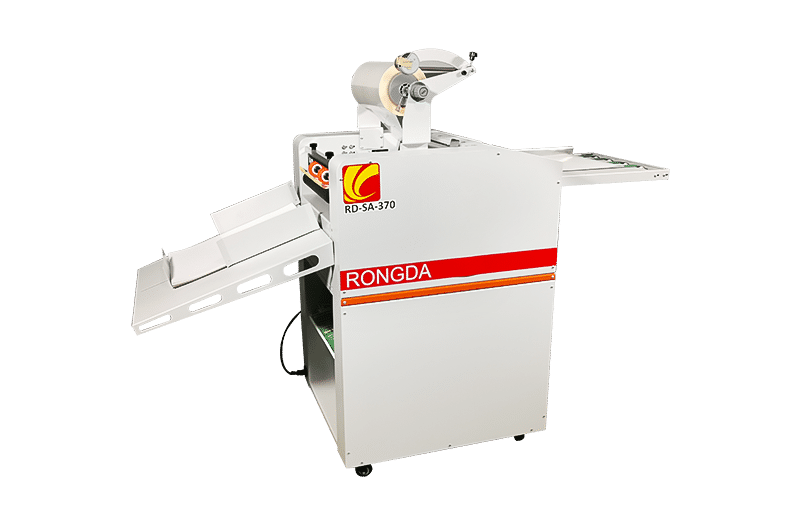There are two main types of inkjet digital printing machines, one is continuous inkjet digital printing machine, and the other is drop-on-demand inkjet digital printing machine. The two principles are introduced below.
Continuous inkjet: The continuous inkjet system uses pressure to make ink pass through narrow holes to form a continuous ink flow. The resulting high speed turns the ink stream into small droplets. The size and frequency of the droplets depend on the surface tension of the liquid ink, the applied pressure and the diameter of the narrow hole. When the ink drop passes through the narrow hole, it is charged with a certain amount of charge to control the drop point of the ink drop. The charged ink drops pass through a set of charge plates to repel or shift the ink drops to the required position on the surface of the substrate. The offset of the ink drop and the position of the ink dot on the surface of the substrate are determined by the amount of charge when the ink drop leaves the narrow hole.
On-demand inkjet: also called pulsed ink supply. The difference between on-demand ink supply and continuous ink supply is that the pressure acting on the ink cartridge is not continuous, but only when ink drops are needed. This is affected by the imaging computer. Controlled by digital electrical signals. Since there is no ink drop offset, the ink tank and circulation system can be omitted, simplifying the design and structure of the printer. The digital signal is converted into instantaneous pressure by heating or piezoelectric crystal. Piezoelectric technology is one of the simple ways to produce ink droplets. Utilizing the piezoelectric effect, when the piezoelectric crystal is subjected to tiny electronic pulses, it will immediately expand, making the ink storage cartridge connected to it under pressure to produce ink droplets.
To learn more about digital printing machines, please contact us: printing equipment.



